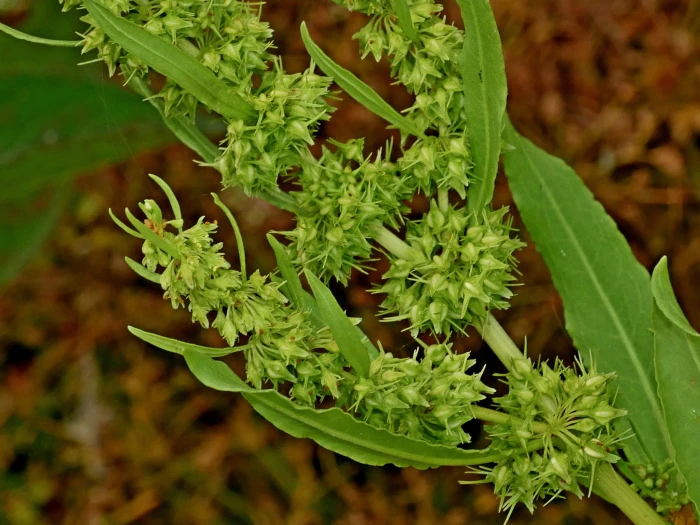Three-Bristle Dock
(Rumex trisetifer)
Three-Bristle Dock (Rumex trisetifer)
/
/

Jacy Chen
CC BY 4.0
Image By:
Jacy Chen
Recorded By:
Copyright:
CC BY 4.0
Copyright Notice:
Photo by: Jacy Chen | License Type: CC BY 4.0 | License URL: http://creativecommons.org/licenses/by/4.0/ | Rights Holder: Jacy Chen | Publisher: iNaturalist | Date Created: 2021-04-03T16:08:50-07:00 |





Estimated Native Range
Climate Requirements for İzmir, Turkey
| This Plant | Your Site | Plant Suitability for Your Location | ||
|---|---|---|---|---|
| • Precipitation | 16" - 113" | 27" | Your precipitation may be insufficient for this plant. Irrigate N" / year. | Irrigate N" / year |
| • High Temp. | 75°F - 95°F | 91°F | Your summer temperatures are normal for this plant. | Excellent |
| • Low Temp. | -32°F - 61°F | 41°F | Your winter temperatures are normal for this plant | Excellent |
This plant should grow well at your location with about N inches per year (Y minutes per month) of irrigation.
Summary
Rumex trisetifer, commonly known as Three-bristle Dock or Clustered Dock, is a perennial herb that is native to grasslands and riparian zones in Asia. It typically grows to a height of 1.5-3 feet (0.46-0.9 meters) and is characterized by its lance-shaped leaves and erect stems. The flowers are green and inconspicuous, blooming in summer, and are not particularly showy, but they do produce distinctive winged fruits that may be of interest to gardeners.
Three-bristle Dock is valued for its adaptability to a variety of soil types, including clay, loam, or sandy soils, and its ability to thrive in both full sun and part shade. It requires medium amounts of water and benefits from medium or fast-draining soil conditions. While not commonly used for ornamental purposes, it can be utilized in naturalized areas, meadows, or as a part of ecological restoration projects. Gardeners should be aware that Rumex trisetifer can be potentially invasive outside its native range, and it is advisable to consult local regulations before planting.CC BY-SA 4.0
Three-bristle Dock is valued for its adaptability to a variety of soil types, including clay, loam, or sandy soils, and its ability to thrive in both full sun and part shade. It requires medium amounts of water and benefits from medium or fast-draining soil conditions. While not commonly used for ornamental purposes, it can be utilized in naturalized areas, meadows, or as a part of ecological restoration projects. Gardeners should be aware that Rumex trisetifer can be potentially invasive outside its native range, and it is advisable to consult local regulations before planting.CC BY-SA 4.0
Plant Description
- Plant Type:
- Height: 1.5-3 feet
- Width: 1-2 feet
- Growth Rate: Moderate
- Flower Color: Green
- Flowering Season: Summer
- Leaf Retention: Deciduous
Growth Requirements
- Sun: Full Sun, Part Shade
- Water: Medium
- Drainage: Fast, Medium
Common Uses
Erosion Control, Low Maintenance
Natural Habitat
Grasslands and riparian zones Asia
Other Names
Common Names: Clustered Dock
Scientific Names: Rumex trisetifer , Rumex chinensis , Rumex crispus
GBIF Accepted Name: Rumex trisetifer